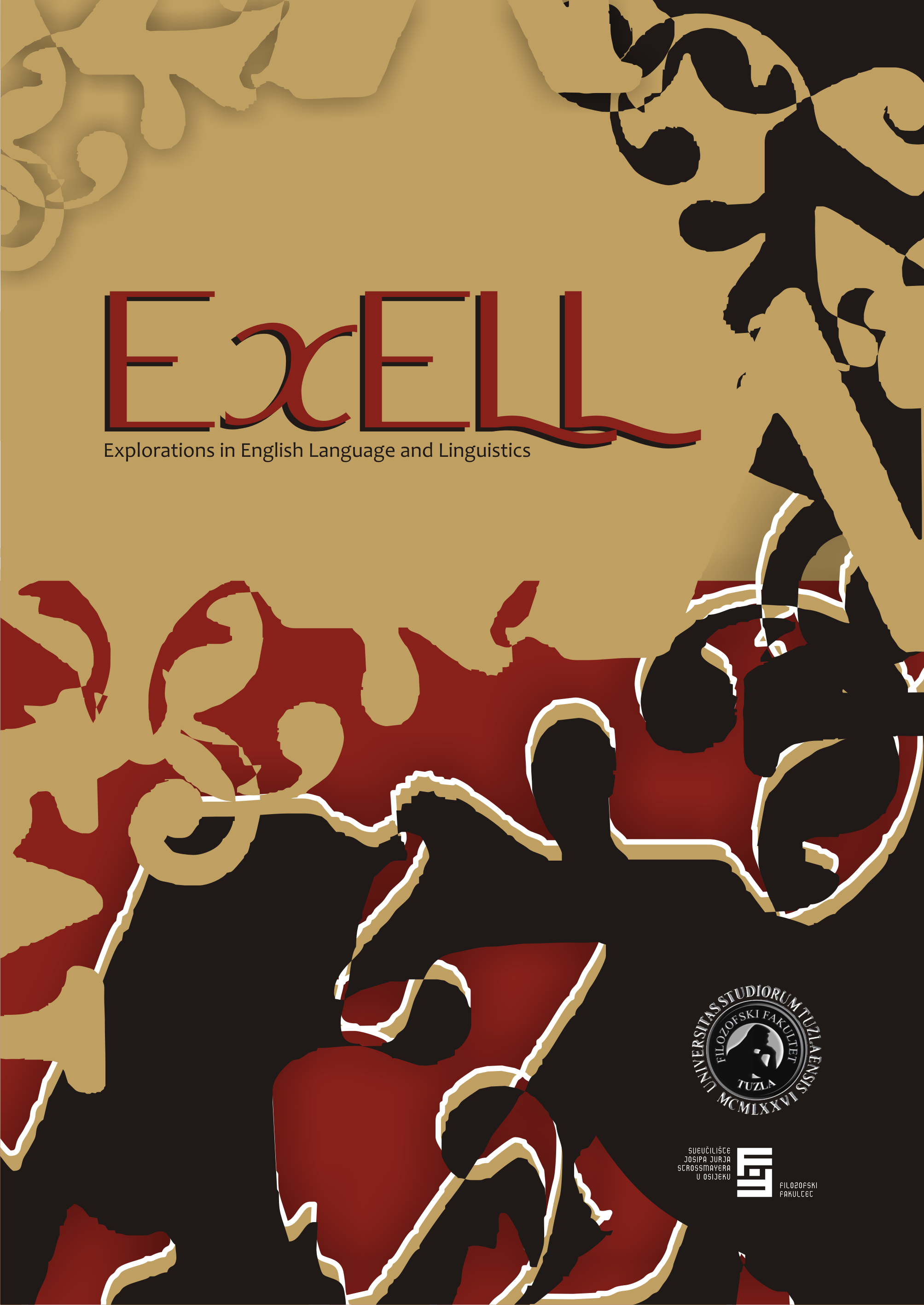Halls of Fame across cultures: The figurative meaning of personal names in light of conceptual integration theory
Halls of Fame across cultures: The figurative meaning of personal names in light of conceptual integration theory
Author(s): Sanja Berberović, Nihada Delibegović DžanićSubject(s): Language and Literature Studies, Theoretical Linguistics, Applied Linguistics, Sociolinguistics, Cognitive linguistics
Published by: Filozofski fakultet Univerziteta u Tuzli
Keywords: figurative meaning of personal names; cognitive theory of metaphor and metonymy; conceptual integration theory; creativity; culture
Summary/Abstract: In recent years, a number of cognitive linguistic studies (Barcelona 2003, 2004, Brdar and Brdar-Szabó 2007, Brdar 2007) have focused on the construction of the figurative meaning of personal names as accompanied by their “irregular” morpho-syntactic behavior. These studies prove that cognitive linguistics, with its theory of metaphor and metonymy, can provide answers to questions that have troubled philosophers and linguists who have examined the meaning, reference, and grammatical behavior of proper names. This paper follows in the footsteps of Barcelona (2003, 2004), Brdar and Brdar-Szabó (2007), and Brdar (2007) in exploring proper names within the cognitive linguistics framework. Specifically, it deals with the construction of the figurative meaning of personal names in English and Bosnian. However, unlike the aforementioned studies which apply the cognitive theory of metaphor and metonymy to the study of figuratively used personal names, this paper employs conceptual integration theory in order to explain the construction of the figurative meaning of personal names in highly creative examples. The analysis of figuratively used personal names in light of conceptual integration theory presents an alternative to the models proposed by Barcelona (2003, 2004), Brdar and Brdar-Szabó (2007), and Brdar (2007). At the same time, it is a complementary analysis to the abovementioned models, which, in our view, should be limited to examples which are innovative and in which the context plays an important role. Additionally, the paper addresses an issue related to cultural peculiarities influencing the expressions with figuratively used personal names in the languages in question. In particular, it examines the role of culture in the selection of figuratively used personal names, and the selection of figurative referents of such personal names.
Journal: ExELL (Explorations in English Language and Linguistics)
- Issue Year: 1/2013
- Issue No: 1
- Page Range: 84-106
- Page Count: 23
- Language: English

